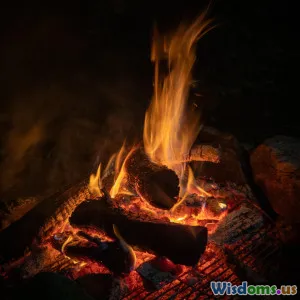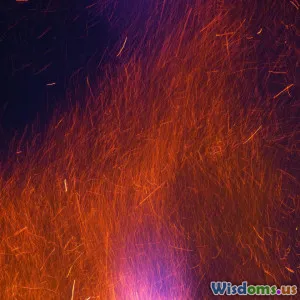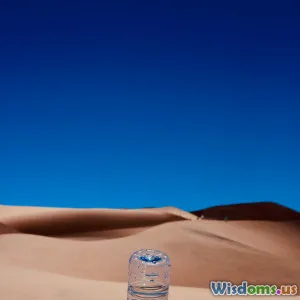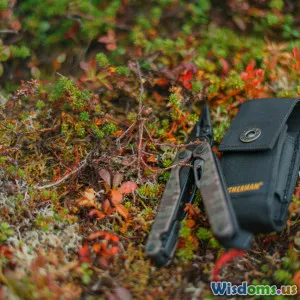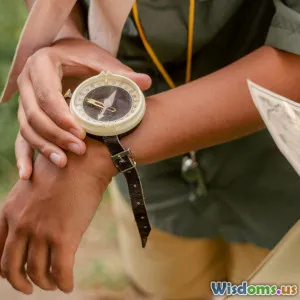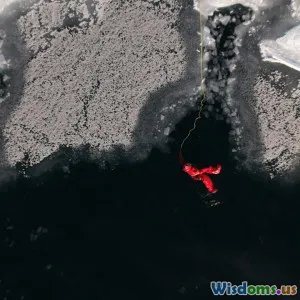
Is Eating Snow For Water Actually Safe In Emergencies
17 min read Examines the risks and benefits of eating snow for water in survival situations. (0 Reviews)
Is Eating Snow For Water Actually Safe In Emergencies?
Out in the frozen wilderness, parched and shivering, you notice a fresh layer of snow all around. It’s achingly tempting to scoop up a handful, let it melt on your tongue, and quench your thirst. But is eating snow a wise move during emergencies — or could it do more harm than good? This question has haunted adventurers, survivalists, and even city folks caught in blizzards. The truth: it’s more complicated than grabbing the nearest snowball and calling it hydration. Let’s dig into the risks, benefits, best practices, and myths to arm you with survival-savvy facts.
What Happens When You Eat Snow?
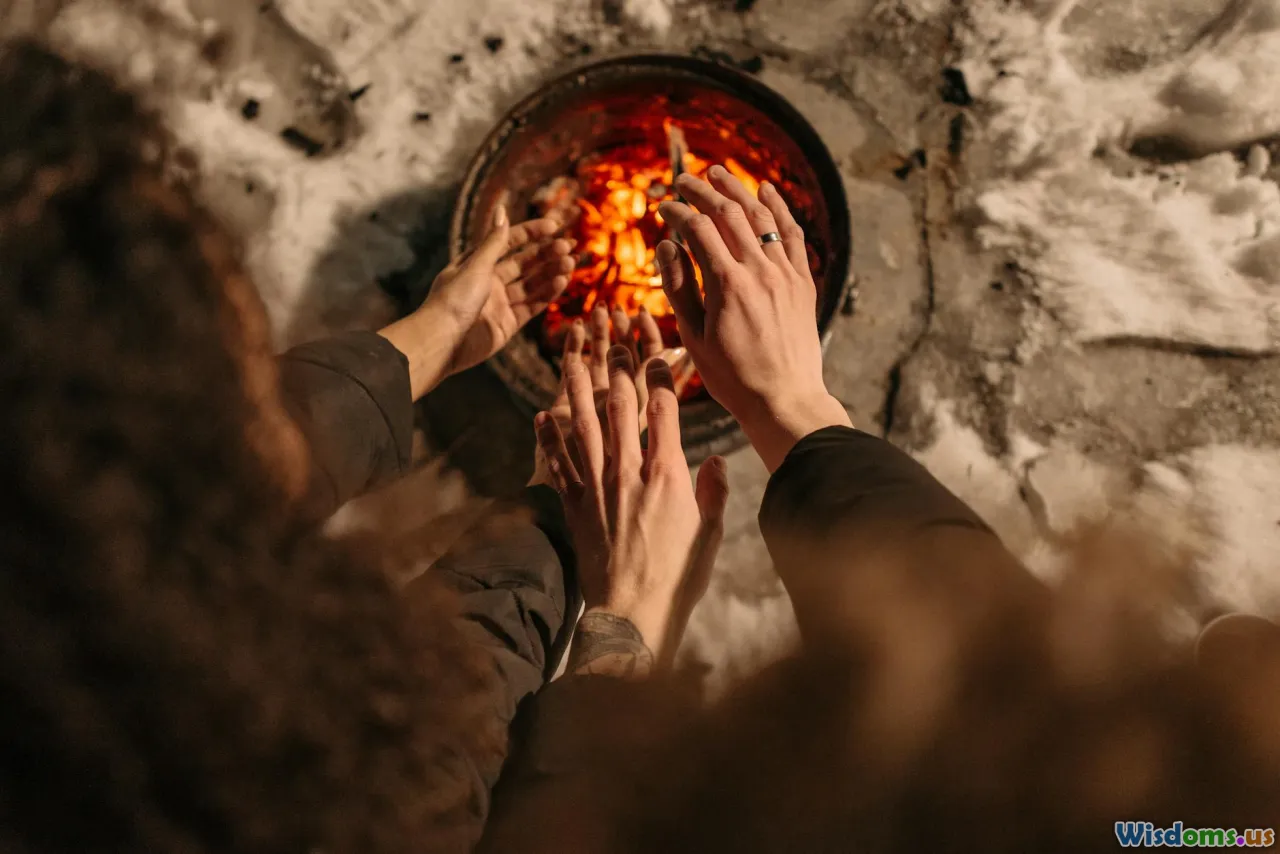
Consuming snow can feel refreshing, but it causes a surprisingly dramatic series of effects in your body. First, snow is mostly air — usually less than 10% water by volume. A heaping handful yields only a few precious sips once melted. Even more important, snow is often near or below freezing (0°C/32°F), so when you eat it, your core body temperature takes a hit.
Let’s break this down:
- Melting burns calories: Your body must expend energy to warm and melt the snow once it enters your digestive system. If you’re already cold, this can deepen your risk of hypothermia.
- Immediate cooling effect: Eating large quantities of snow cools your core temperature. Hypothermia is a pressing concern in survival situations — especially because even mild cooling impairs your thinking and motor skills.
- Slim hydration gain: Since snow is mainly air, you’d need to eat a lot to replace lost fluids, further risking cold stress.
Example: A U.S. Army field manual advises troopers never to eat snow by itself in survival settings. Even melting just half a liter (17 oz) of snow takes significant body heat — better to melt it using an external heat source if possible or mix with a small amount of water in a bottle.
Safety Considerations: Is Snow Actually Clean Enough?
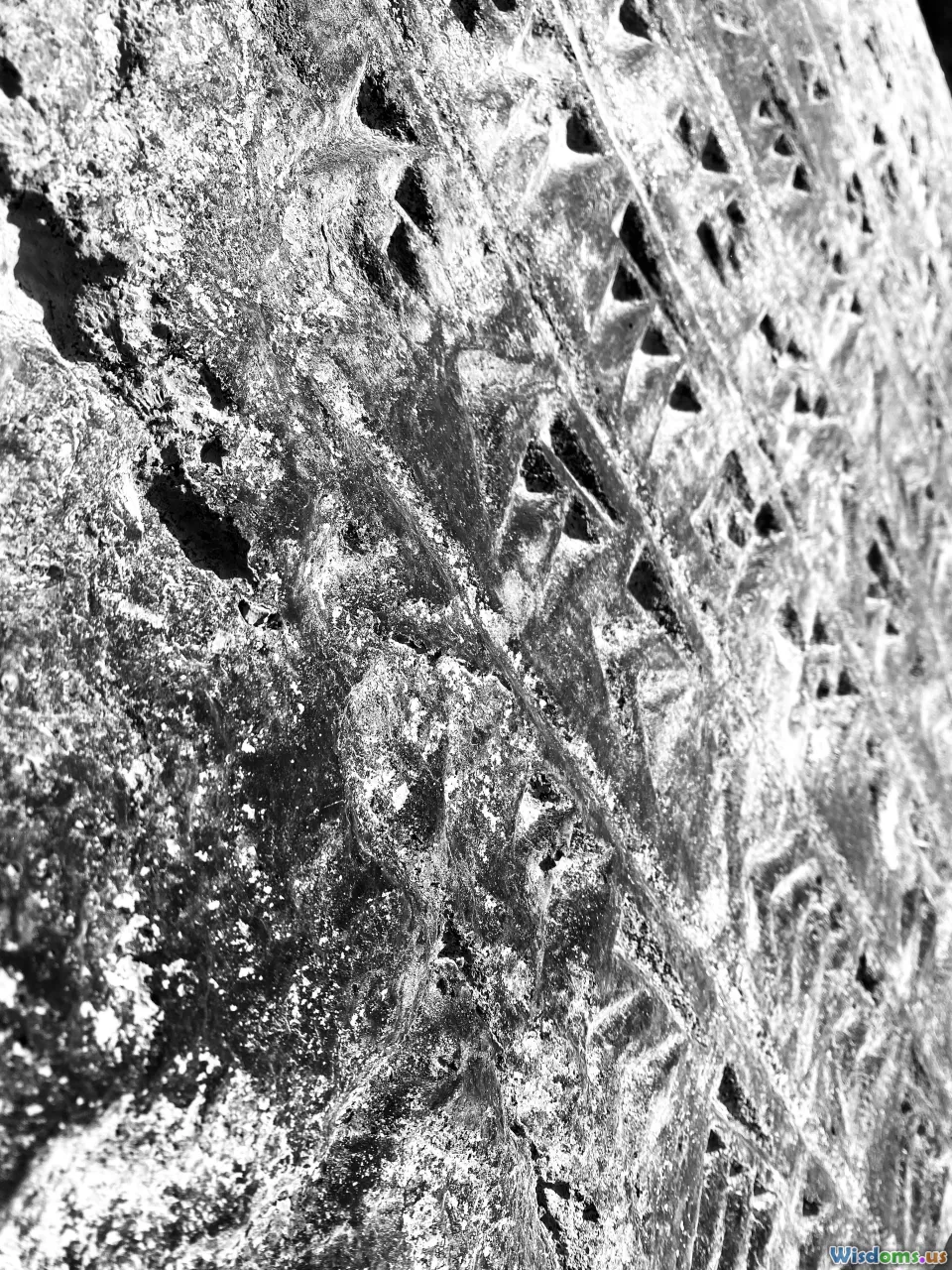
The pristine look of freshly fallen snow can be deceiving. While snow forms from pure water vapor, it captures particles as it falls and once it lands. Cleanliness depends on location, timing, and weather.
Key sanitation risks include:
- Particulate Pollution: In urban areas or close to roads, snow acts as a sponge — collecting soot, microplastics, automotive chemicals, and airborne pollutants.
- Microbial Contaminants: Low temperatures slow but don't entirely halt microbial activity. Animal droppings, decaying vegetation, and bacteria present real risks, especially if the snow touches soil or organic matter.
- Colored or Odd-Smelling Snow: Avoid yellow, pink, green, or dirty-looking snow. Those colors often indicate algae, pollution, or animal waste.
Insight: Satellite studies show high levels of black carbon (soot) deposited in polar and high-mountain snows, sometimes doubling the local pollution load compared to nearby air.
Urban vs. Wilderness Snow:
- Urban snow quickly accumulates contaminants — melting and drinking snow from cities or roadsides is much riskier.
- Remote wilderness snow or freshly fallen layers are comparatively safer, though shouldn’t be assumed completely sterile.
Summary: Yes, snow can provide emergency hydration. But only if you’re mindful of its source and melting method.
Survival Priorities: Water, Warmth, and Energy
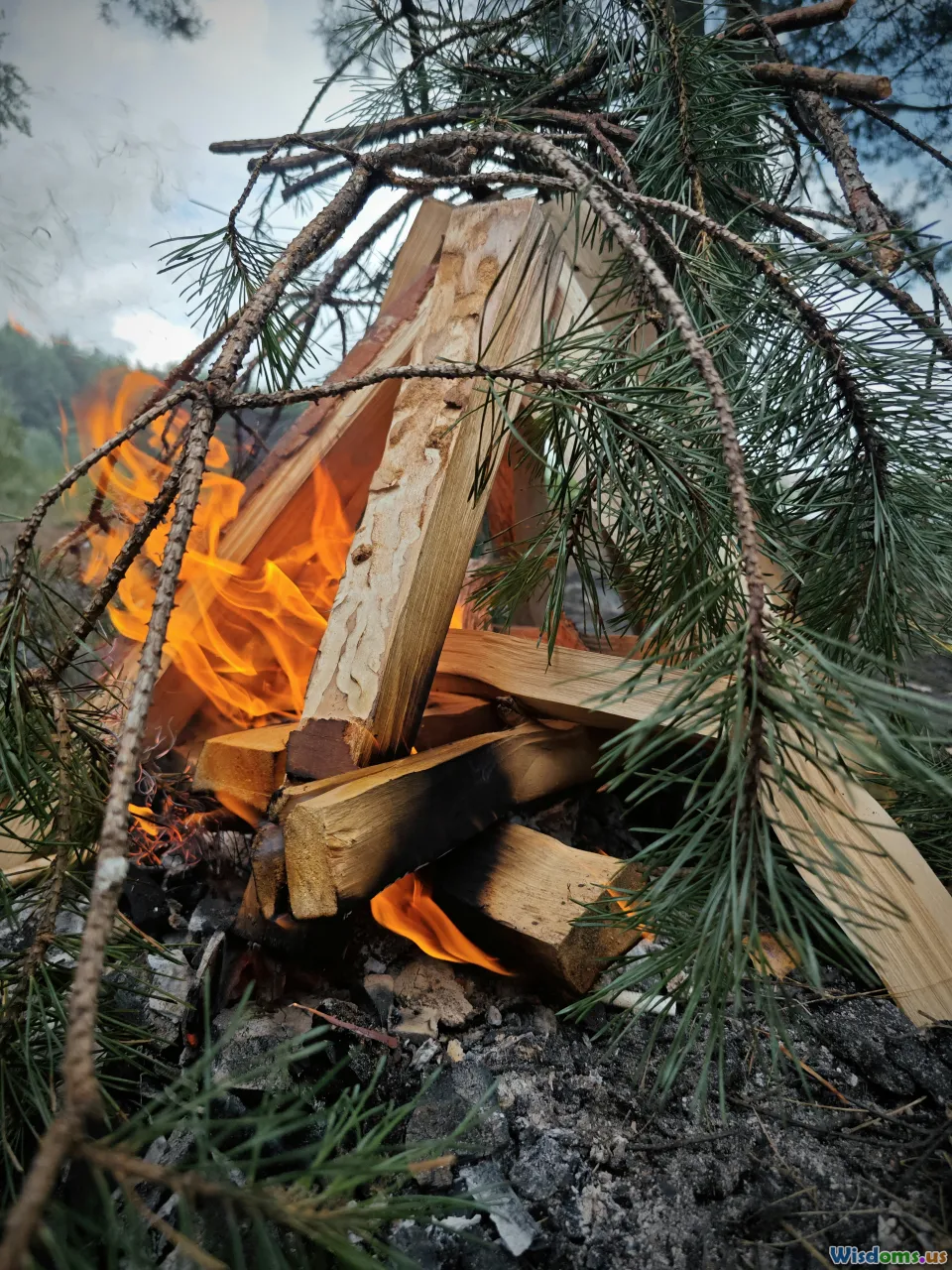
When caught in cold environments, your survival priorities run as follows: shelter and warmth, then water, then food. This sequence exists for a reason — dehydration is dangerous, but hypothermia will kill much faster.
Why water still matters: Even when temperatures drop, you can’t suspend your need for hydration. Our bodies lose fluids all the time through breathing, sweat, and, in cold environments, through increased urine output (cold diuresis). Without replacement fluids, confusion and physical performance decrease.
But: If you ‘hydrate’ at the expense of body heat, you could trade dehydration for the risk of fatal cold exposure.
Real world tip: Mountain rescue teams often recount stories of hikers found with snow-packed pockets. Without proper melting or insulation, these victims often show rapidly onset hypothermia, sometimes accompanied by frostbite in the digestive tract due to constant eating of cold snow.
Best Practice: Always try to melt your snow over a fire, warm stone, or in a flask against your body with an added water reserve. If no external heat is available and dehydration is severe, eat snow slowly, in small amounts, letting each mouthful melt in your mouth to minimize chilling your core.
How To Make Snow Safer For Drinking
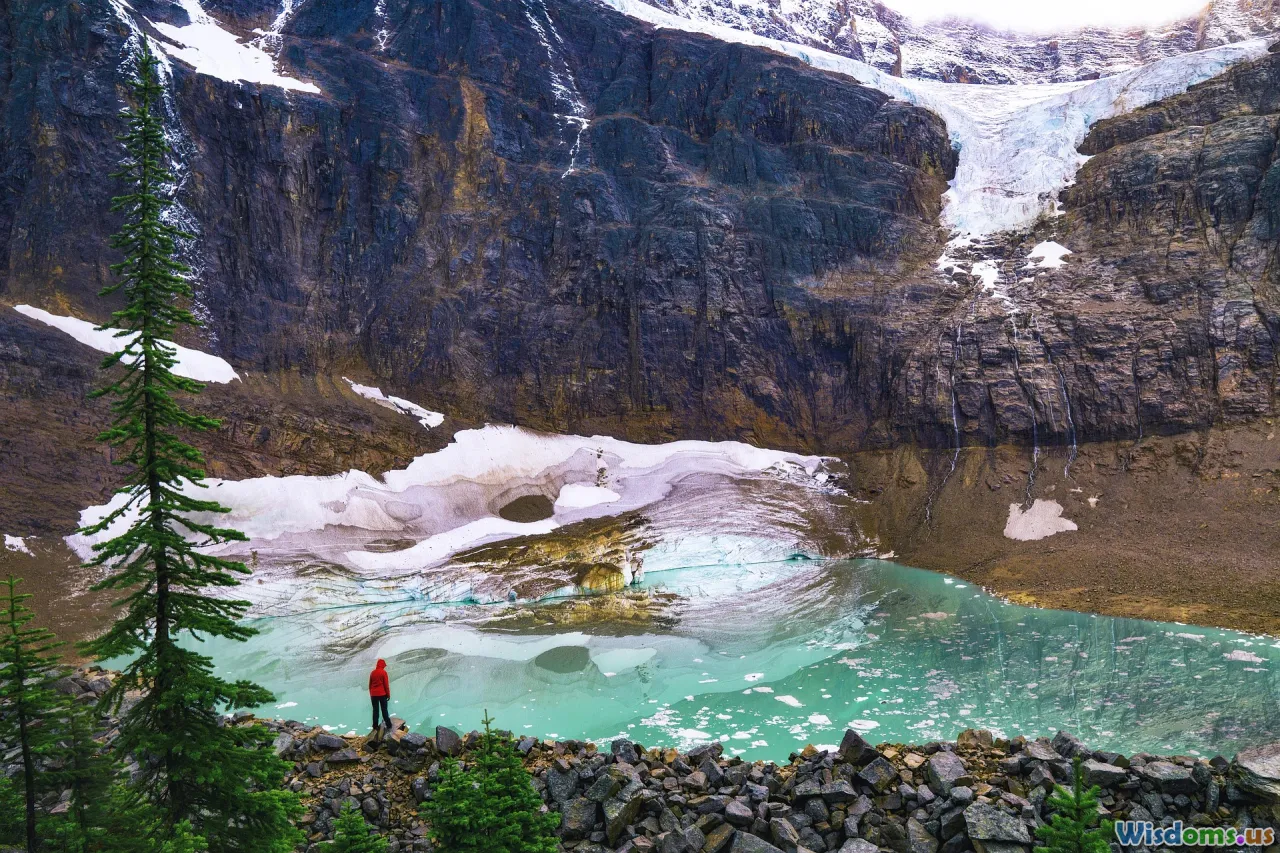
Luckily, there are ways to transform even questionable snow into a much safer drinking source. Here’s a step-by-step approach:
1. Choose the ‘Cleanest’ Snow
- Pick freshly fallen, soft, bright white snow off natural surfaces (rocks, open ground far from roads, trees, or animals).
- Avoid snow that’s colored, crusty, or has foreign debris, sand, or ice layers.
2. Melt With Minimal Risk to Body Heat
- Use a portable stove, metal cup, fire, or hot rocks to melt snow.
- Start with a small volume of liquid water in your pot/canister. Adding a bit of existing water at the bottom speeds melting and prevents burning.
3. Bring To a Boil To Purify
Burning and melting alone won’t kill pathogens fully. If practical (and possible), boil your snowmelt for at least 1-3 minutes. This destroys most bacteria, viruses, and protozoan parasites.
Pro tip: Adding snow directly to a dry, hot pan can damage your cooking vessel and result in a burnt taste as the snow scorches rather than melts. Always start with at least a thin layer of water in the bottom.
4. Filter if You Can
Camping and survival water filters can screen out nearly all particles and most germs — a good backup if melting temperatures are difficult to reach. Never count on filtering alone to remove viruses though; boiling is more reliable against most bugs.
5. Flavor and Electrolytes
Because snow is essentially distilled water, it's free of salts and minerals. In emergencies, flavor packets, a pinch of salt, or dissolvable electrolyte tablets will help with both taste and hydration effectiveness.
6. If You Must Eat It Directly, Do So Carefully
If you have no fire and are dangerously dehydrated, consume small amounts of snow, letting each piece melt in your mouth before swallowing. This helps prevent sharp core temperature drops. Avoid rapid intake of large quantities.
Nutritional Myths: Does Snow ‘Give You Energy’ Or Anything Else?

Many winter survival myths suggest eating snow offers more than just water — but is there any truth behind tales of energizing minerals or bacteria killing properties?
Here’s the evidence:
- Snow is not a significant source of nutrients. It contains almost no minerals or salts unless heavily contaminated.
- No energy boost: There's virtually zero caloric content; if anything, the physical energy spent melting snow in your stomach leaves you with less available energy.
- No antiseptic properties: Although cold inhibits some microbial growth, snow isn't capable of ‘sterilizing’ your drinking water.
- Myth: Eating snow can replace a meal. In truth, relying on snow for hydration while consuming no food can be dangerous, as energy spent warming your body isn't being replenished.
Fact: Eskimo and Inuit communities designed elaborate clothing and shelter systems precisely so they could avoid eating and drinking snow directly — melting it was always preferred.
Case Studies: Survival Situations and Rescues Involving Snow
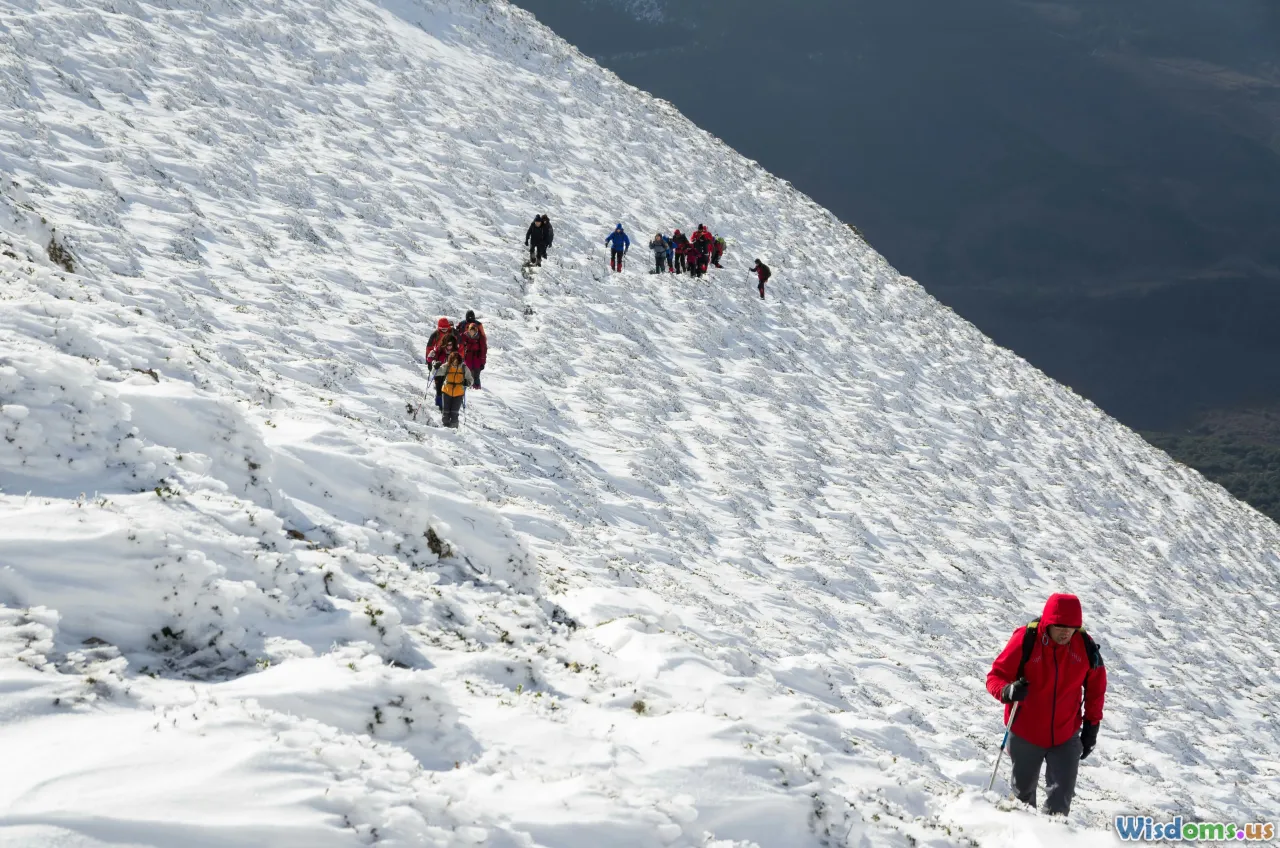
Countless real-life rescues offer vivid lessons on the safety (and pitfalls) of eating snow in dire circumstances.
Mountaineers
Alpinists frequently face rapid dehydration at high altitude — significant because air is dry, and exertion accelerates sweat loss.
- Example: The 1996 Mount Everest disaster saw dehydrating climbers relying on melted snow. Teams who successfully boiled or melted their snow using stoves generally fared better than those forced to nibble it directly, with lower rates of frostbite and confusion.
Vehicle Breakdown in Snowdrifts
Drivers trapped in snowy conditions — on highways or in remote wilderness — often face long waits for rescue. Warning issued by the National Safety Council:
- Victims who only ate snow experienced accelerated hypothermia and required intensive care for dehydration and cold shock. Those who managed to melt their snow (using heat from engine blocks, candles, or by mixing with body-warmed water) showed better outcomes.
Lost Hikers
- In Upstate New York, search-and-rescue teams found lost hikers who had survived two bitterly cold nights. The ones who resorted to eating significant amounts of snow directly were found slightly hypothermic, shivering uncontrollably. Others used resourceful methods: holding snow in water bottles inside jackets, or melting by a small campfire.
Bottom line: Most survival experts now advise that snow should always be melted before drinking, whenever humanly possible.
Expert Recommendations for Emergency Hydration in Snow Country

Leading wilderness medicine and survival organizations echo the military field manual:
- Always prioritize using external heat for melting snow.
- If no heat source is available: Use body heat to melt small amounts, and ingest snow gradually.
- Select cleanest snow possible.
- Boil if you can; filter if you must.
- Don’t drink from snow found in urban, polluted, agricultural, or animal-waste areas.
- Monitor for cold shock: If you start shaking or feel numb after eating snow, stop immediately and seek warmer liquids or shelter.
Trusted resources:
- U.S. Army Survival Manual, Field Manual 3-05.70
- National Outdoor Leadership School (NOLS) guidelines
- Wilderness Medical Society Clinical Practice Guidelines
Clever Survival Techniques for Snow Hydration
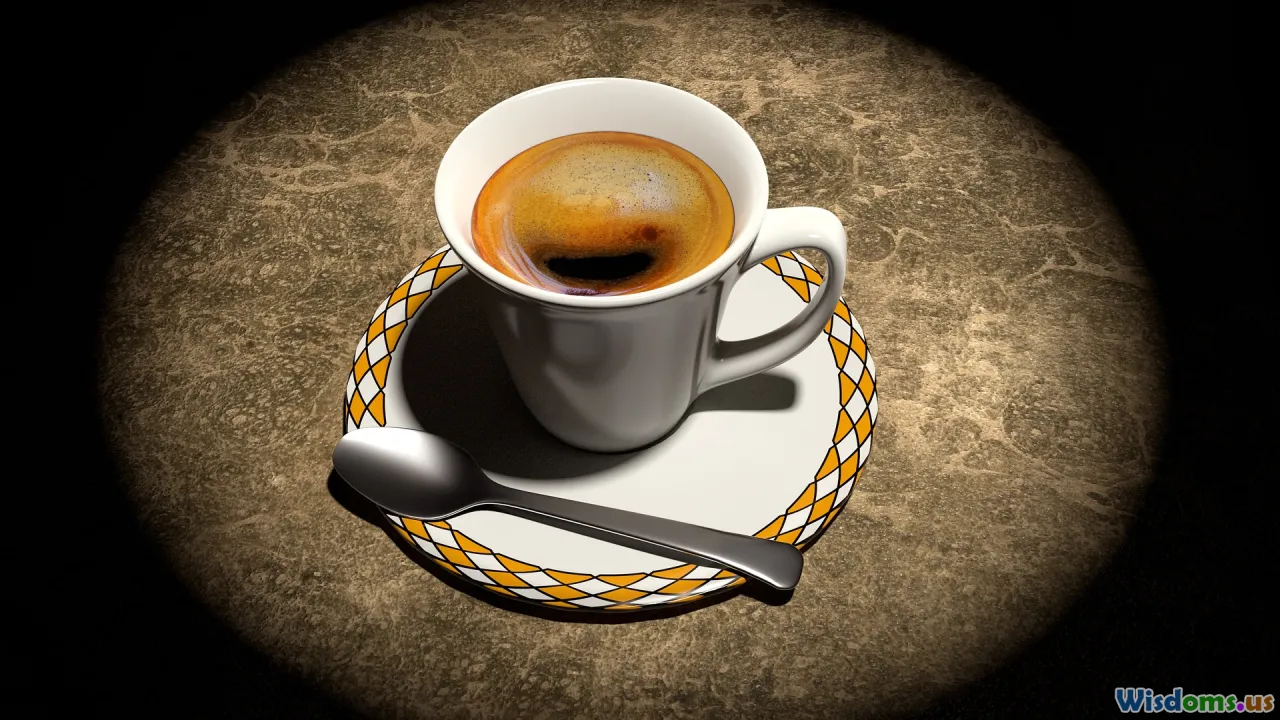
Sometimes, even the best advice isn’t enough if you’re stuck with just the gear on your back. Here are quick creative hacks for extracting water from snow:
- Solar Still: Place snow inside a clear plastic bag, seal it, and set in direct sun. Solar energy will melt snow more slowly but dramatically (for best results, agitate the bag occasionally).
- Improvised Water Bottle: Fill a bottle partially with snow, keep in your coat close to your torso (never next to your skin!), and let body heat warm and melt it gradually while insulating yourself.
- Stones in Pot: Heat stones by a fire and insert them into a snow-filled vessel; rotating the stones will transfer thermal mass efficiently.
- Camp Stove Efficiency: If fuel is short, always melt snow in several smaller batches rather than trying to heat a single large mass all at once, which is inefficient and time-consuming.
Proven by: The Outward Bound School routinely teaches using body heat and solar gain as backup strategies for snow melt when traditional equipment is lacking.
Final Thoughts: Make Smart Choices When Snow is the Only Water Source
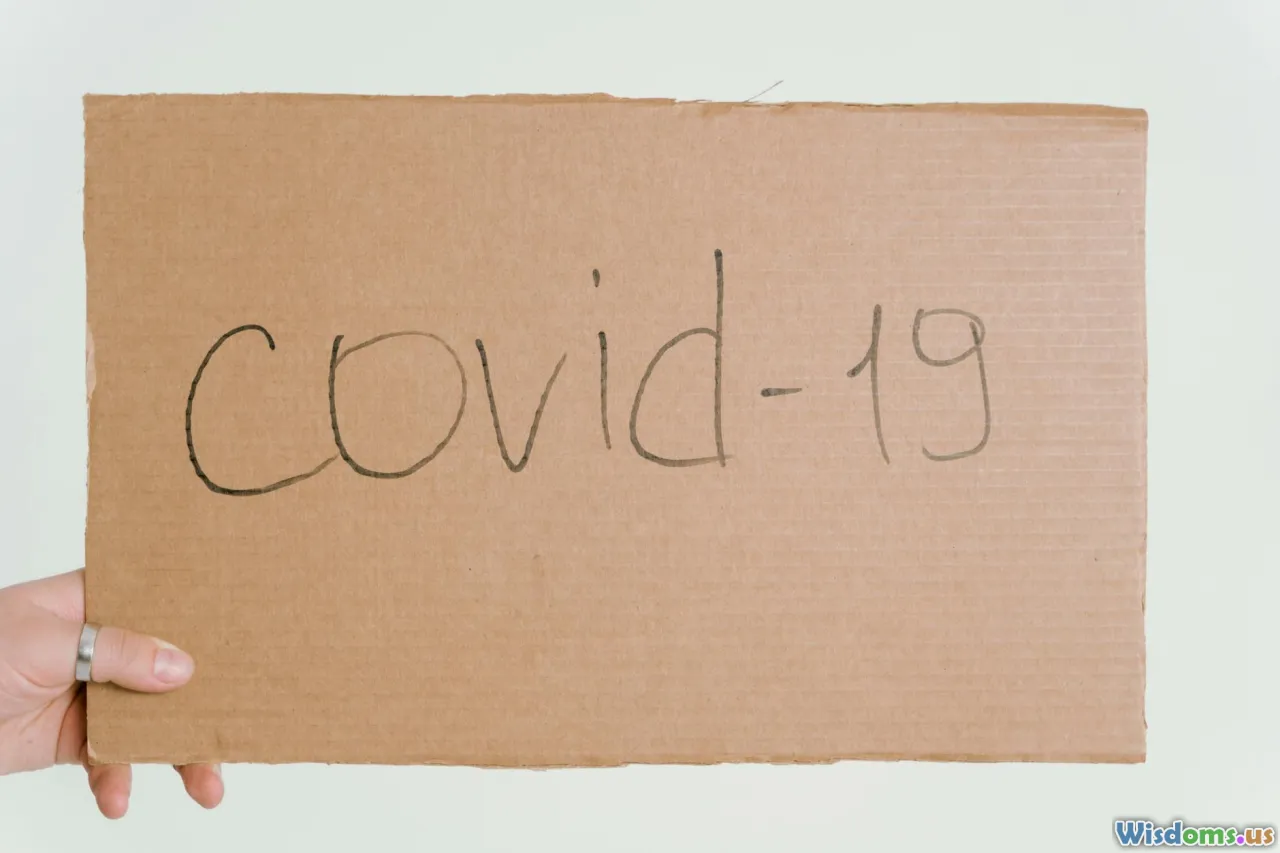
Snowfall, though beautiful, conceals multiple hazards for the careless or desperate. If you find yourself in an emergency, remember: don’t simply start eating snow if you can help it. Wherever possible, melt snow before drinking, choose clean deposits, and avoid cold stress at all costs.
By being aware of the real dangers and calmly applying proven methods, you’ll not only hydrate safely — you’ll make a cold, daunting moment just a little bit warmer and far more survivable.
Rate the Post
User Reviews
Popular Posts










